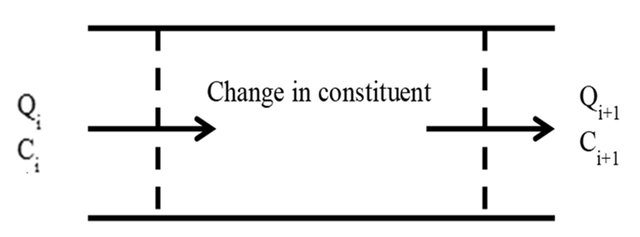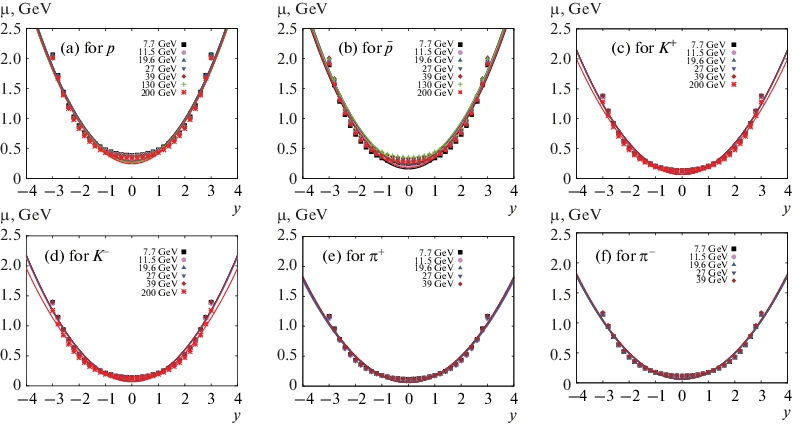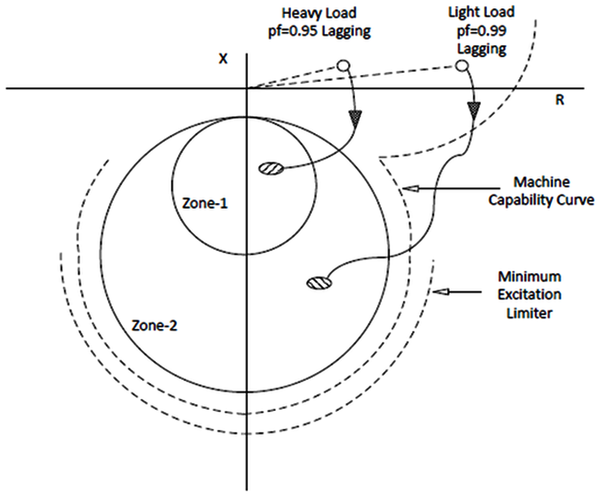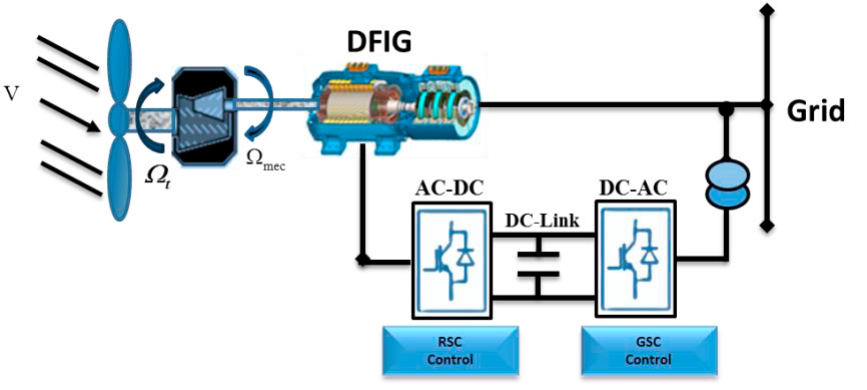Breadcrumb

Determining the effect of changing channel geometry of irrigation canals on dissolved oxygen concentration
Dissolved oxygen (DO) is an important water quality parameter. It is considered the most important parameter. DO concentration in water is affected by different parameters such as volume flow rate, water velocity, and re-aeration rate. Those parameters are directly affected by the geometry of the waterway. Thus, studying the impact of changing channel geometry on DO is very important. Many researchers studied the effect of influential parameters on water quality variables but the influence of channel geometric parameters on DO was not studied thoroughly before. This research aims to study the
Hadronization correspondence of Hawking-Unruh radiation from rotating and electrically charged black holes
The proposed correspondence between the Hawking-Unruh radiation mechanism in rotating, electrically-charged, and electrically-charged-rotating black holes and the hadronization process in high-energy collisions is assumed here. This allows us to determine the well-profound freezeout parameters characterizing the heavy-ion collisions. Furthermore, black holes thermodynamics is found analogous to a to that of the high-energy collisions. We also introduce a relation expressing the dependence of the angular momentum and the angular velocity deduced from rotating black holes on the chemical

Almost Entirely Empirical Estimation for Chemical Potential
Abstract: Based on statistical thermal approaches, the transverse momentum distribution of the well-identified produced particles, π+, π–, K+, K–, p, and (Fromula presented.), is studied. We aim at introducing a novel almost entirely empirical estimation for the inclusive chemical potential μ. From the partition function of a grand-canonical ensemble, we propose a generic expression for the dependence of μ on the rapidity y. Then, by fitting this expression with the experimental results of the most central p⊥ and d2N/2πp⊥dp⊥dy, at 7.7, 11.5, 19.6, 27, 39, 130, 200 GeV, we introduce a generic
Guidance optimization for tactical homing missiles and air defense systems
The aim of this paper is to develop a functional approach to optimize the engagement effectiveness of the tactical homing missiles and air defense systems by utilizing the differential geometric concepts. In this paper the engagement geometry of the interceptor and the target is developed and expressed in differential geometric terms in order to demonstrate the possibilities of the impact triangles and specify the earliest interception based on the direct intercept geometry. Optimizing the missile heading angle and suitable missile velocity against the target velocity is then examined to
Chiral phase structure of the sixteen meson states in the SU(3) Polyakov linear-sigma model for finite temperature and chemical potential in a strong magnetic field
In characterizing the chiral phase-structure of pseudoscalar ( ), scalar ( ), vector ( ) and axial-vector ( t) meson states and their dependence on temperature, chemical potential, and magnetic field, we utilize the SU(3) Polyakov linear-sigma model (PLSM) in the mean-field approximation. We first determine the chiral (non)strange quark condensates, and , and the corresponding deconfinement order parameters, and , in thermal and dense (finite chemical potential) medium and finite magnetic field. The temperature and the chemical potential characteristics of nonet meson states normalized to the
Hardware Advancements Effects on MANET Development, Application and Research
Mobile devices' development has remarkably improved in light of the fast growing hardware advancements. These advancements include multicore processor chips, ultra large main memories and batteries that last for hours even when running modern applications such as file transfer, voice communication and video streaming ...etc. In this paper, we shed the light on recent and future trends of hardware advancements for mobile devices, and their impact on MANET developments. In addition, the effect of such advancements is investigated on application and different research areas. © Springer-Verlag

Advances in system dynamics and control
Complex systems are pervasive in many areas of science. With the increasing requirement for high levels of system performance, complex systems has become an important area of research due to its role in many industries. Advances in System Dynamics and Control provides emerging research on the applications in the field of control and analysis for complex systems, with a special emphasis on how to solve various control design and observer design problems, nonlinear systems, interconnected systems, and singular systems. Featuring coverage on a broad range of topics, such as adaptive control

Sensor Faults Detection and Estimation for a Dfig Equipped Wind Turbine
Doubly Fed Induction Generator (DFIG) based on wind turbines demand a high degree of reliability and availability and they are characterized by expensive and safety critical maintenance work. This paper deals with a new strategy for detection and estimation of current sensor faults in the stator and rotor of a DFIG. First, a state space model of a DFIG is developed based on voltages and flux equations, which can be used in order to estimate states and to generate residuals by using a Luenberger observer. Then, the residuals results are exploited for faults detection and estimation. Finally
Towards mature temporal accuracy assessment of processors models and simulators for real-time systems development
Modeling and simulation are becoming extensively used in embedded and Real-Time Systems (RTSs) development throughout the development life-cycle, from the system-level design space exploration to the fine grained time analysis and evaluation of the system and even its components performance. At the core of these systems lies the processor which has been also the center of attention for most of the modeling and simulation efforts related to RTS simulation. Although the temporal accuracy of such models and simulators is of critical importance for Real-Time (RT) applications, it is not yet mature
Evidence of forward–backward correlation of pions in ultra-relativistic ring- and jet-like events in 16O- Ag/ Br interactions at Elab= 60 A GeV
An investigation on the presence of the forward–backward correlations in the pions multiplicity, emitted in 16O- Ag/ Br interactions at energy Elab= 60 A GeV are carried out. The study of the forward–backward correlation between various observables which is separated by two different pseudorapidity intervals can be treated as an important probe to defining the primordial conditions for the formation of the Quark Gluon Plasma (QGP). We have observed the dependency of correlation fluctuations and correlation strength on pseudorapidity (η) and the increasing width of the pseudorapidity bin size
Pagination
- Previous page ‹‹
- Page 14
- Next page ››
